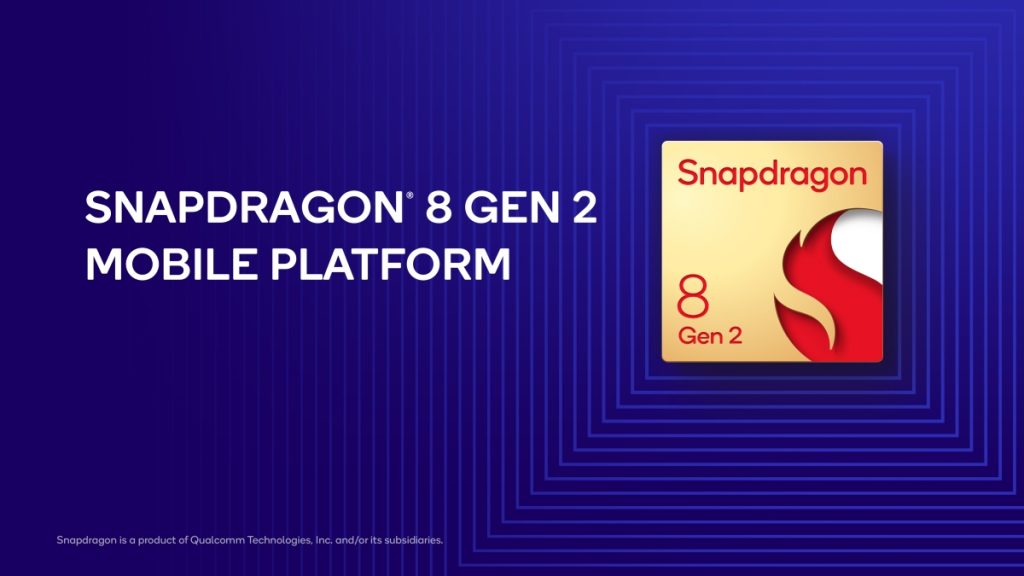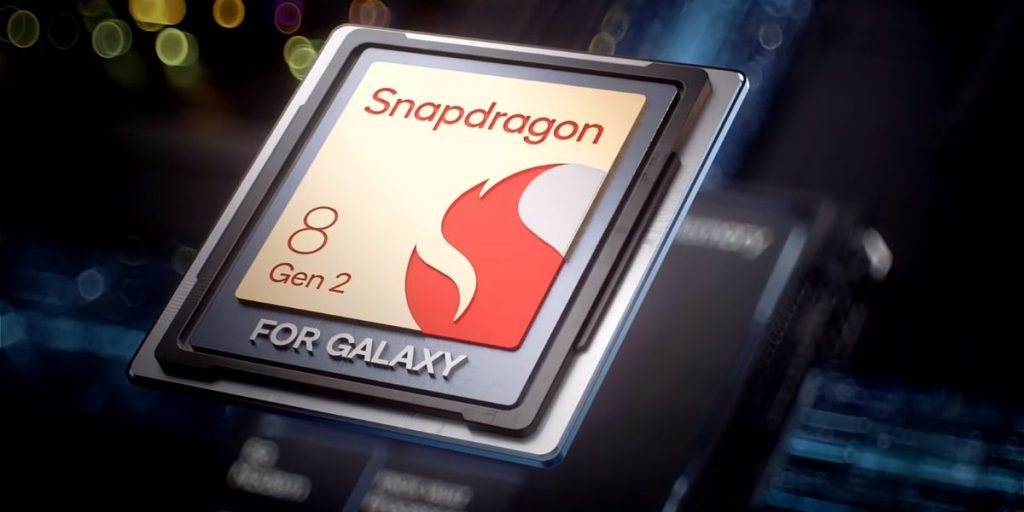This post is brought to you by Qualcomm.
Smartphones today are essentially mini computers that we can carry in our pockets. Each advancement in the mobile space gives us one less reason to turn on our laptop or desktop computers. As such, many people choose to edit videos, edit photos, compose an email, draft a document, review files in PDF, and play games right on their smartphones.
All that computing capability of a smartphone comes from its System on Chip (SoC) or in layman’s terms, its processor. One company that’s been designing and producing mobile processors for smartphones is Qualcomm. Even if you’ve never heard of the company before, there’s a high chance you’ve heard the name of its mobile processor line, Snapdragon.

Qualcomm has been a key player in advancing the technology, capabilities, and possibilities of the mobile processor platform. The culmination of years of research and development in this field led to the creation of the Snapdragon 8 Gen 2 SoC. It is a showcase of Qualcomm’s cutting-edge hardware and AI machine learning software.
AI enables devices and things to perceive, reason, and act intuitively, just like an organic brain. As mobile processors have gotten more powerful and capable, AI processing has moved from cloud-based to on-device.

By combining its brainy AI software and powerful hardware, Qualcomm can enable more complex computational processing on the Snapdragon 8 Gen 2 to unlock new features. Besides that, AI is also used to efficiently delegate computing resources, so the processor is not using maximum power on simple tasks.
One area where you can clearly notice AI working is in providing you with a personalized user experience. Have you ever received a notification informing you that traffic to work will be heavy? That’s because the AI has figured out your working hours based on various parameters such as GPS data.
Elsewhere, the AI can display your most used apps during a certain period after learning your usage habits. This means you don’t need to go hunting for the app. For example, it can show all the apps you use for work when you’re in the office and swap them for social and entertainment apps once you reach home.

At the same time, your app usage pattern will also be used to determine the least frequently used apps. These apps will then be put to sleep to optimize battery life. Therefore, smartphones with smaller batteries can offer longer usage time while those with bigger batteries can offer higher endurance.
Additionally, the processor doesn’t need to allocate precious resources to run apps that you rarely use. This ensures that active apps receive the best performance from the Snapdragon 8 Gen 2 for the best experience.
Computational photography is a result of AI and it’s used to remove barriers on mobile cameras caused by smaller sensor size than DSLR cameras. Qualcomm’s Snapdragon 8 Gen 2 has the raw power to allow the AI to apply complex algorithms to deliver incredible visual quality.

One example is combining photos shot with up to 3 cameras to achieve 4,096 times more colour and light data. This is further aided by a 300% faster auto-focus compared to the previous generation to capture sharp photos. By using AI to understand the scene, the camera can keep the subject always in focus through numerous reference points.
Shooting photos at night is one area where smartphone cameras falter due to their small sensor size. To overcome this limitation, Qualcomm has programmed the AI to combine the best parts of 30 images into a single image, dramatically increasing brightness and clarity.
Moving from AI software to hardware, the Snapdragon 8 Gen 2 flexes its computing power in several ways. The easiest of which is in gaming, which ironically is also one of the most demanding tasks for any processor. With Qualcomm’s top-of-the-line processor, you can play games at the highest graphic and framerate settings allowed by the developer.
Making games even prettier is real-time Hardware Accelerated Ray Tracing that delivers realistic lighting, reflections, and illuminations. Then, there’s Variable Rate Shading which optimises image quality in real-time to maintain steady performance, even at the highest visual preset.
Qualcomm’s aptX Adaptive audio codec is of course available on the Snapdragon 8 Gen 2 and it brings low latency audio to games and videos so the sound is fully synchronised with the action on screen.
For music, Snapdragon Sound offers a premium listening experience with support for lossless and high-res music over Bluetooth. Using a compatible set of earbuds, you’ll be able to hear a higher detail clarity in your music. Perhaps, you’ll even feel like you’re listening to the song for the first time.
Therefore, it’s easy to see why smartphones powered by the Snapdragon 8 Gen 2 offer some of the best computing performance on the market and why these smartphones are positioned as flagship devices.

But what if the smartphone and processor were co-developed? Well, that’s exactly what Qualcomm and Samsung did to produce the Galaxy S23 series powered by the Snapdragon 8 Gen 2 for Galaxy. The two industry giants pooled in their expertise to co-develop a powerful AI-driven engine that handles complex tasks easily, ensuring a fluid and enjoyable user experience.

From seamless multitasking to powerful computational photography and gaming, the Qualcomm Snapdragon 8 Gen 2 mobile platform is a testament to the endless possibilities of innovation and collaboration in mobile technology.








